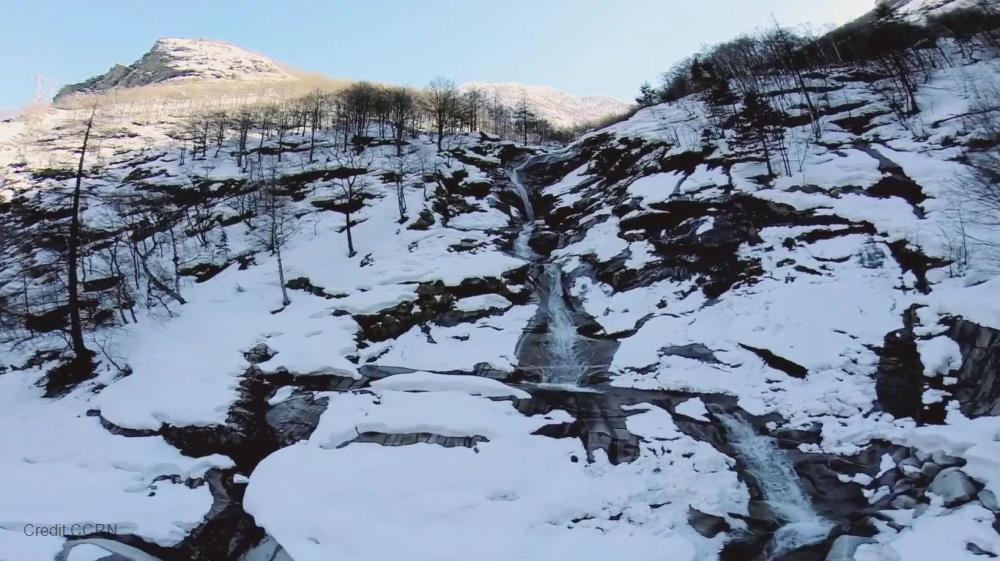
Related items loading ...
Section 1: Publication
Publication Type
Journal Article
Authorship
Marsh, C.B., Vionnet, V., Pomeroy, J.W.
Title
Windmapper: An Efficient Wind Downscaling Method for Hydrological Models
Year
2023
Publication Outlet
Water Resources Research, 59(3), E2022WR032683.
DOI
ISBN
ISSN
ISSN 0048-9697
Citation
Marsh, C.B., Vionnet, V., Pomeroy, J.W. (2023) Windmapper: An Efficient Wind Downscaling Method for Hydrological Models. Water Resources Research, 59(3), E2022WR032683.
https://doi.org/10.1029/2022WR032683
Abstract
Estimates of near-surface wind speed and direction are key meteorological components for predicting many surface hydrometeorological processes that influence critical aspects of hydrological and biological systems. However, observations of near-surface wind are typically spatially sparse. The use of these sparse wind fields to force distributed models, such as hydrological models, is greatly complicated in complex terrain, such as mountain headwaters basins. In these regions, wind flows are heavily impacted by overlapping influences of terrain at different scales. This can have a great impact on calculations of evapotranspiration, snowmelt, and blowing snow transport and sublimation. The use of high-resolution atmospheric models allows for numerical weather prediction (NWP) model outputs to be dynamically downscaled. However, the computation burden for large spatial extents and long periods of time often precludes their use. Here, a wind-library approach is presented to aid in downscaling NWP outputs and terrain-correcting spatially interpolated observations. This approach preserves important spatial characteristics of the flow field at a fraction of the computational costs of even the simplest high-resolution atmospheric models. This approach improves on previous implementations by: scaling to large spatial extents O(1M km2); approximating lee-side effects; and fully automating the creation of the wind library. Overall, this approach was shown to have a third quartile RMSE of 1.8 urn:x-wiley:00431397:media:wrcr26520:wrcr26520-math-0001 and a third quartile RMSE of 58.2° versus a standalone diagnostic windflow model. The wind velocity estimates versus observations were better than existing empirical terrain-based estimates and computational savings were approximately 100-fold versus the diagnostic model.
Plain Language Summary
Key Points
-Reproducible, transparent modeling increases confidence in model simulations and requires careful tracking of all model configuration steps
-We show an example of model configuration code applied globally that is traced and shared through a version control system
-Standardizing file formats and sharing of code can increase efficiency and reproducibility of modeling studies
Section 2: Additional Information
Program Affiliations
Project Affiliations
Submitters
Publication Stage
Published
Theme
Water Quality and Aquatic Ecosystems
Presentation Format
10-minute oral presentation
Additional Information
Modelling-Core, Refereed Publications


 GWFNet
GWFNet Master
Master Data
Data Research
Research Map
Map
 Advanced
Advanced Tools
Tools
 . . .
. . .
 Metadata Editor
Metadata Editor
 Record List
Record List
 Alias List Editor
Alias List Editor
 Legacy sites
Legacy sites